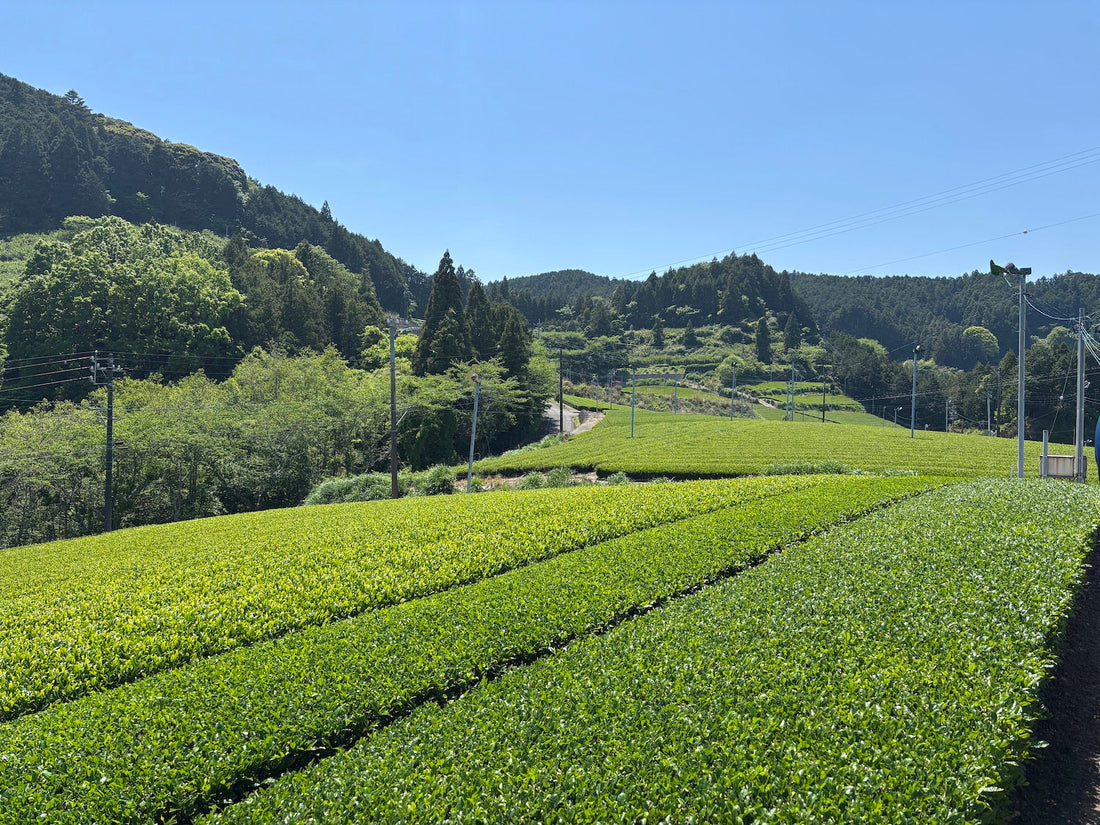If you’ve recently noticed your favourite matcha becoming more expensive or harder to find, you’re not alone. Across the world, tea drinkers and cafés are asking the same question: why is there a matcha shortage this year?
The answer lies in a combination of climate, farming, and global demand, all of which have collided to create the current squeeze.
1. Extreme Weather and Heatwaves
This year’s harvest in Japan has been severely affected by heatwaves, with unseasonably high temperatures damaging the delicate tea plants used for matcha production. Unlike hardier crops, matcha grade tea requires carefully controlled growing conditions, especially during the shading period when plants are covered for weeks to boost chlorophyll and sweetness.
When exposed to sudden heat spikes, the leaves wilt, lose vibrancy, and produce lower yields. In some regions, farmers have reported output down by 20–30%, and in the most badly affected fields, entire crops have been written off.
2. The Rising Cost of Tencha
At the heart of the matcha shortage is tencha, the raw, unground tea leaf that is milled into matcha powder. With harvest volumes reduced, the cost of tencha has surged. Farmers and suppliers report that prices for premium grade tencha have doubled or even tripled compared with previous years.
Because tencha is the foundation of all matcha, this sharp increase in raw ingredient costs has directly driven up prices for consumers around the globe.

3. Labour Intensive Farming Methods
Even in a normal year, matcha is one of the most labour intensive teas to produce. Farmers must:
- Shade the plants for up to 30 days before harvest.
- Handpick only the youngest, most tender leaves.
- Steam, dry, and carefully process the leaves into tencha.
- Mill the tencha into the fine, bright green powder we know as matcha.
This meticulous process cannot be scaled up quickly, meaning supply is always limited and weather disruptions like this season’s heatwave make shortages even more pronounced.
4. Global Demand Outstripping Supply
Over the past decade, matcha has transformed from a traditional Japanese ceremonial tea into a global wellness phenomenon. From London cafés to Sydney bakeries, demand has surged for matcha lattes, smoothies, and desserts.
However, true Japanese matcha can only come from specific tea growing regions such as Uji, Shizuoka, and Kagoshima. Supply from these regions is finite, so when demand rises sharply, especially alongside reduced harvests, shortages become unavoidable.
5. Quality vs. Quantity
Unlike commodity crops, authentic Japanese matcha cannot be mass produced without sacrificing its unique flavour and health benefits. Farmers prioritise quality over volume, ensuring that only leaves of the highest standard make it into ceremonial and premium-grade matcha.
This dedication to quality means that production will always remain relatively small, even as worldwide interest grows.
What This Means for Matcha Drinkers
For customers, the current shortage explains both the higher prices and the reduced availability of certain blends. At Hello Matcha, we work closely with trusted Japanese growers to secure authentic tencha, ensuring that despite market pressures, our matcha remains pure, vibrant, and of the highest quality.
Final Thought
The matcha shortage is not simply about economics, it’s a reflection of how delicate, artisanal, and seasonal this tea truly is. Each bowl of matcha connects you to centuries of Japanese farming tradition, and while shortages may be frustrating, they remind us of the care and rarity behind every sip.


